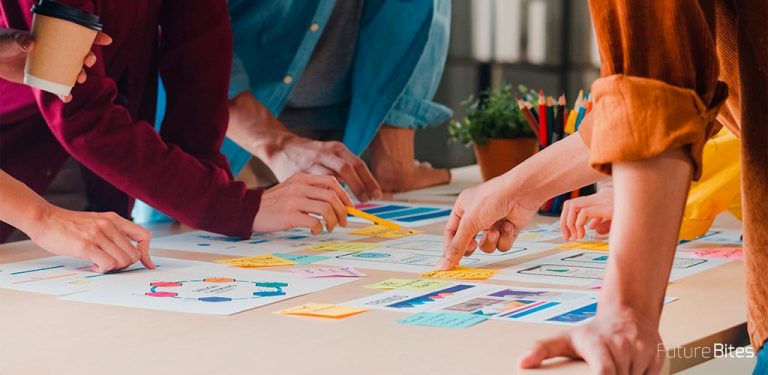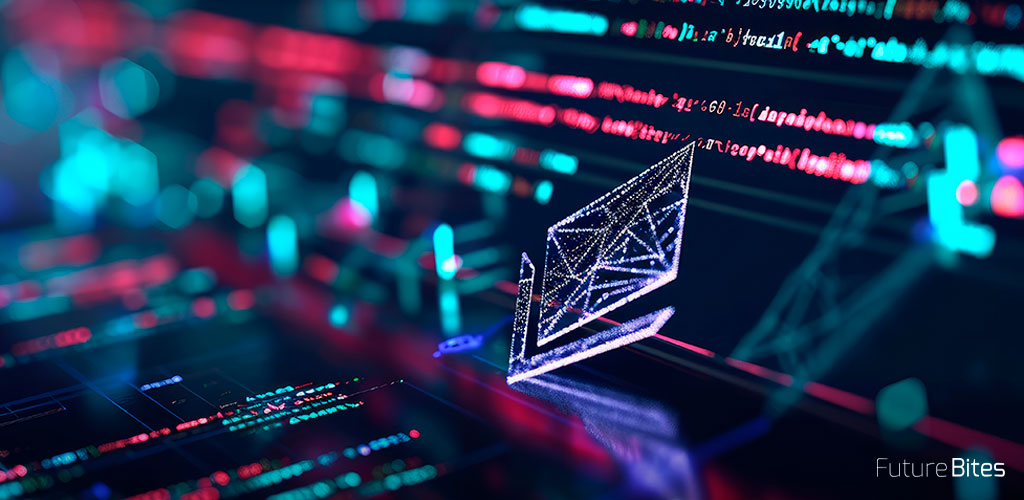Nowadays, the work in a competitive intelligence unit is constantly changing and has to adapt to increasingly complex and multifactorial challenges. Therefore, our company SENS (acronym for Simulation and Training Systems) needs to create a diverse, creative, critically thinking team capable of producing a multitude of points of view on a single event.
Competitive Market Intelligence
The current business market is set against a backdrop of globalisation, which means that the needs of companies are constantly changing. They need multidisciplinary work teams capable of producing intelligence by adapting to new needs, providing a diversity of knowledge, skills and experiences that allow them to offer fast, flexible and innovative responses to the problems and challenges that arise.
"None of us is as smart as all of us".
Kenneth H. Blanchard
There are basic and essential elements to develop a good working team in any department of a company:
- An organisational culture based on mutual support, which rewards camaraderie over competitiveness in the workplace.
- Joint and teamgoals .
- Constructive feedback.
- Assertive communication between members.
- A leader to guide the work and facilitate communication.
- A relationship between members of trust, cooperation and mutual commitment .
These elements become even more relevant in the Competitive Intelligence Unit. Teamwork is essential for the production of quality intelligence content.
Stages of Competitive Intelligence
The American Society of Competitive IntelligenceProfessionals (SCIP) recommends following a series of phases to develop your first intelligence unit.
- Incubation: phase where the hazards faced by the organisation, security and emergency elements are identified.
- Conception: At this point, the involvement of the organisation's leadership and managers becomes essential. Intelligence depends on this part of the organisation understanding its role and having confidence in its ability.
- Implementation: the proper implementation of an intelligence unit requires the organisation to make available a number of financial resources. These must be aligned with the delimitation of the services, the intelligence topics to be dealt with, the ethics, the sensitivity of the work and the ways of disseminating the intelligence product.
- Structuring: based on the selection of the personnel in charge of the analysis process, this stage is one of the most delicate. It is necessary to invest time in the selection of suitable profiles that can unify the technical capacity with the values of the team and the organisation. They must complement each other so that the intelligence unit is able to face the challenges of a globalised and multifactorial environment.
- Results evaluation stage: the intelligence culture that has been developed in the organisation, the services performed, the usefulness of the team and the market gap with competitors are assessed. All this to start again with the first phase and to be in continuous self-evaluation.

Structuring stage: How to select the best intelligence analysts?
There is no such thing as the best analyst, there is the best team for the company where he or she is based. It is known that the more diversity there is (not just in gender, academic background and age) the better the outcome of intelligence work. The underlying premise of this theory is that biases differ sufficiently to allow a productive and comprehensive analysis of intelligence content to take place.
Heuer in 1999, in his book Psychology of Intelligence Analysis stated "major intelligence errors are usually caused by errors of analysis, not errors of elicitation. Relevant information is presupposed, misinterpreted, ignored, rejected or overlooked because it does not fit a prevailing mental model or mindset".
In order to avoid these analytical errors, a diverse team with heterogeneous ways of thinking and assertive communication between members is essential to minimise these analytical errors.

Steps to follow for the structuring of the Intelligence Analysis Unit
In order to develop the Intelligence Analysis Unit the company SENS followed the following points:
- Recruitment of a leader to guide the work of the team, understand the needs of the organisation and select the most suitable candidates.
- Selection of complementary analyst profiles Complementarity in the team is essential for development. To this end, the selection process must take into account:
- The previous training of the professional, in addition to the specialised training in intelligence analysis, it is beneficial that there is different training that allows the work to be complemented. As the sentence at the beginning of this post says "None of us is as smart as all of us".
- It is also necessary to assess what are called in English Hard and Soft Skills the technical skills and the social skills of the professional. In an intelligence unit it is important that both skills are present. The first, in order to be able to obtain and analyse information in an increasingly technological world. And, the second to also obtain intelligence with other skills such as HUMINT, social engineering or content dissemination.
- A good communicator is essential for an intelligence unit to achieve its goal. The board of directors must believe and trust in the added value that the intelligence unit brings to the company, and for this, the vertical communication chain to the board of directors is essential.
- Finally, constant self-evaluation is also important. Assess whether communication within the unit flows assertively, consider whether the product of the analysis covers all needs (both technical and human) and make the necessary changes to develop the team's potential to the full.
The Intelligence Analysis Unit is already established in the SENS company. In the next blog posts we will look in more detail at the main sources of information and how intelligence challenges are addressed in this unit.












